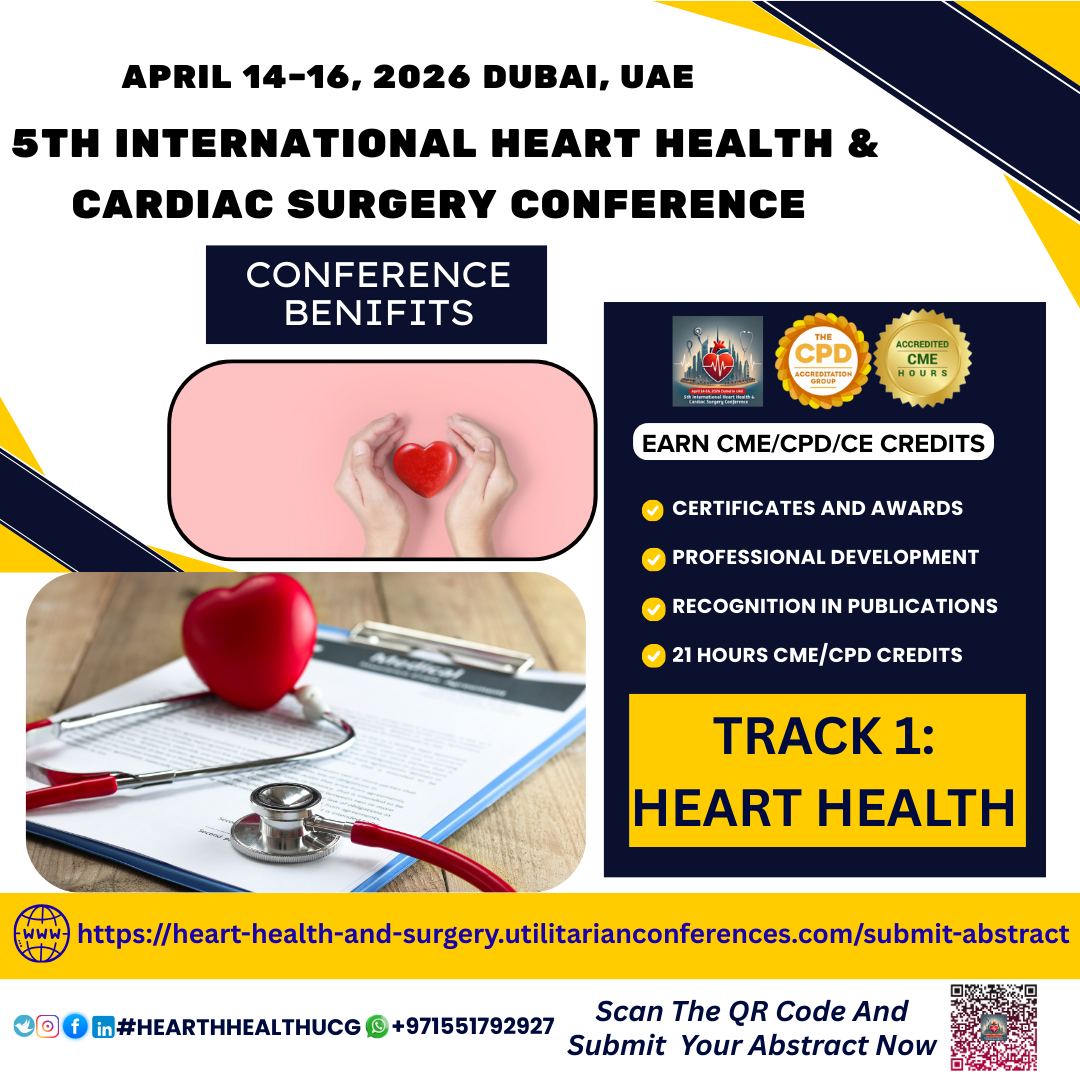



Heart Health is a broad and essential topic that refers to maintaining the...

Cardiovascular diseases (CVDs) are the leading cause of death globally,
claiming an estimated 17.9...

When people hear the term "heart disease," they often think of clogged arteries or heart attacks. However, there's another category of heart disease that’s equally serious but less commonly understood—Structural Heart Disease. Unlike coronary artery disease, which affects blood flow to the heart, structural heart disease refers to abnormalities in the heart's structure, whether congenital (present from birth) or acquired later in life.
What is Structural Heart Disease?
Structural heart disease encompasses any defect or abnormality in the heart’s valves, walls, chambers, or blood vessels near the heart. These abnormalities can interfere with the heart’s ability to pump blood efficiently, increasing the risk of complications like stroke, heart failure, or even sudden cardiac death.
Common Types of Structural Heart Disease
1. Heart Valve Disease Aortic stenosis: narrowing of the aortic valve
Mitral regurgitation: leakage of the mitral valve These conditions can reduce blood flow or cause blood to flow backward into the heart, leading to fatigue, shortness of breath, and chest pain.
2. Atrial Septal Defect (ASD) and Ventricular Septal Defect (VSD) These are holes in the heart’s walls (septa) separating the chambers. OftenNcongenital, they may go unnoticed until adulthood.
3. PatentNForamen Ovale (PFO) A small, flap-like opening between the atria that fails to close naturally after birth. Can increase the risk of stroke, especially in younger adults.
4. Hypertrophic Cardiomyopathy (HCM) A genetic condition where the heart muscle thickens abnormally, obstructing blood flow.
5. Aneurysms of the Aorta A bulge or weakening in the major artery that carries blood away from the heart. May rupture or dissect if untreated—often fatal. Symptoms to Watch For Structural heart disease may not cause noticeable symptoms in the early stages, but common signs include Shortness of breath, especially during exertion Fatigue
Chest pain or discomfort
Heart palpitations
Dizziness or fainting spells
Swelling in the legs or abdomen
In infants and children, poor feeding, slow growth, and frequent respiratory infections may indicate congenital structural issues.
Diagnosis and Screening
Advancements in imaging and diagnostic technology have made structural heart disease easier to detect. Key tools include: Echocardiography (including 3D and transesophageal echo)
Cardiac MRI or CT
Electrocardiogram
(ECG)
Cardiac catheterization
For high-risk groups—such as those with a family history of heart disease, certain genetic conditions, or previous strokes—early screening can be life-saving.
Treatment Options
The management of structural heart disease has significantly evolved, especially with the rise of minimally invasive procedures. Depending on the condition and its severity, treatments may include: Medication: To control symptoms or prevent complications
Surgical Repair or Replacement: Especially for valve defects or congenital abnormalities
Transcatheter Interventions: TAVR (Transcatheter Aortic Valve Replacement) Mitra Clip for mitral valve repair
PFO or ASD closure devices
Lifestyle modifications and cardiac rehabilitation
Living with Structural Heart Disease With timely diagnosis and proper treatment, many people with structural heart disease live long, fulfilling lives. Regular follow-ups with a cardiologist specializing in structural heart interventions are crucial.
Patients are also advised to:
Follow a heart-healthy diet
Avoid smoking and limit alcohol
Stay physically active within medical advice
Manage stress effectively